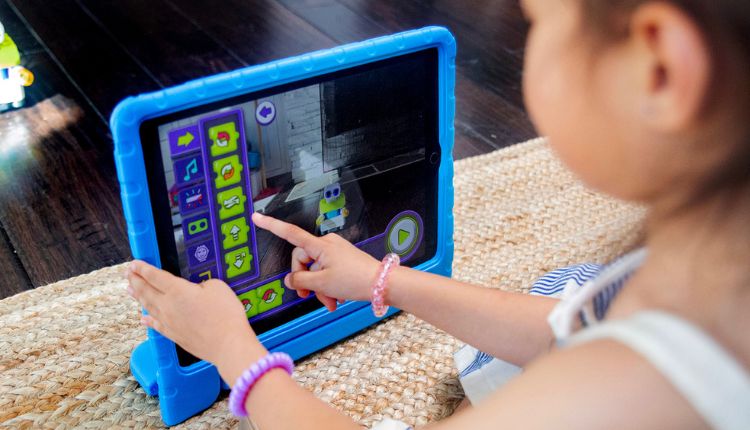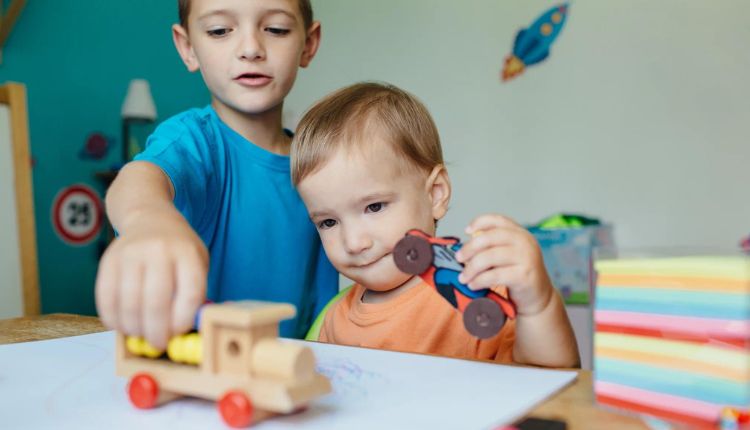
Children’s Educational Toys and Games
It’s important to establish a balance between fun and educational toys when buying toys for your kids. But not everything is black and white, and there is frequently a lot of overlap between entertaining toys and toys that can aid in your children’s intellectual development.
Toys and games should always be chosen carefully. Be mindful that certain toys are essential for a child’s growth at particular ages.
When Christmas approaches, you’ll be eager to finish your shopping before the huge rush that invariably occurs in the run-up to this joyous season. The same is true for birthdays; you should select and buy children’s toys well in advance to:
Make Sure You Pick the Appropriate Games and/or Toys Before You Go Shopping
Allow enough time to go shopping.
Make sure that the ideal games and/or toys you wish to purchase for your kids are available (this especially applies to Christmas time when stock levels of toys can fluctuate due to high demand for certain items). You will always be in good stead to purchase the appropriate kinds of children’s Toys and Games at the appropriate periods if you educate yourself as a parent in terms of child development.
Allow Yourself Plenty of Time to Wrap Gifts before Your Child’s Birthday
Children’s educational games and toys are created to assist in teaching them about a variety of topics, including words, numbers, shapes, and colors. It’s always a good idea to make sure your selection of toys and activities is diverse enough to challenge your kids in a wide range of various ways. Your child will likely love playing with toys that are both entertaining and stimulating. These kinds of toys will excite your kids and help develop their minds. This is the ideal mix, and I advise parents to take their time when selecting toys and activities of this kind to make sure their kids continue to learn at the proper pace.
Being a parent myself, I made the decision to research how I may support my child’s development and education during her preschool years. I started looking for a variety of toys and activities that were appropriate for preschoolers after realizing the value of play as an enjoyable activity that shouldn’t be overly structured and that should allow my daughter to enjoy using her imagination.
Early Years Foundation Stage, or EYFS for short, was a system used at the time by the government of the United Kingdom. This was done with the intention of encouraging constructive learning through organized play. Enabling parents to focus on any specific areas of need while also giving their children the appropriate toys and learning experiences you can buy from sites like eBay.
What Specific Areas Can We Therefore Anticipate Seeing Improvement In?
It’s crucial to concentrate on recognizing and cognitive abilities before a youngster is able to hold and move objects on their own. The parent or caregiver colorful toys and books are the first group that the child explores.
To keep the child interested in the process, interaction between the caregiver and child is essential. The child will eventually “reach out” to get the object in question, and will likely drop it a few times in the process. There are a variety of elements that make a toy or activity fascinating and worthwhile, keeping in mind that the kinds of toys and activities used at this time need to be highly child friendly (i.e., no sharp edges, not too heavy, not fit in the child’s mouth, etc.). It is likely that color and movement come in close second to safety.
Handle and Control Objects
It’s time to develop your child’s capacity to handle and control objects once they have reached a certain degree of motor skill development. Blocks, fabric books, and simple puzzles come in at the top of the list. Not to mention the crucial “activity center.” In the correct setting, motor skills can advance at an astounding rate. In a matter of days, a youngster may progress from being unable to manipulate basic objects to being able to manipulate and solve simple block puzzles. A wonderful period for parents.
From this point forward, numerous additional, more specialized areas can be investigated. The most obvious examples are “one, two, three” or “D-O-G means dog” in rudimentary math and literacy. It’s crucial to remember that you shouldn’t anticipate the child to understand this in a way that makes sense to an , but you can still be certain that the information structure and associations are being formed.
What Specific Activities and Toys Should a Parent or Caregiver Use?
There is a fine line to walk here. In the past four years, educational games and toys have come under fire for not being as entertaining as some of the more hedonistic hobbies available to kids. But as time goes on, this problem diminishes because contemporary kid’s puzzles, games, and toys no longer carry this stigma. The people who create these activities have discovered exactly what kind of contact a child requires to sustain a sustained interest in any given activity or kind of play.
Fortunately, there is growing understanding of the importance of structured play for a child’s development in this day and age. The next stage will be to observe some consistency in both the actual games and toys as well as in the parenting guidance and resources.
Although there is a lot of overlap in the functionality of these products, a worried parent can concentrate on certain growth areas like awareness, emotional well-being, tactile ability, preschool science, basic numeracy and literacy, as well as the extremely crucial aspects of sharing and acknowledging others with group play.
Conclusion
The tendency for children to imitate their parents and aspire to be like them is one of the most striking features of child development that I have discovered. Given this, it makes sense to invest in toys and games that encourage kids to imitate their parents. Decide carefully when researching the various categories of educational games and toys for kids.


